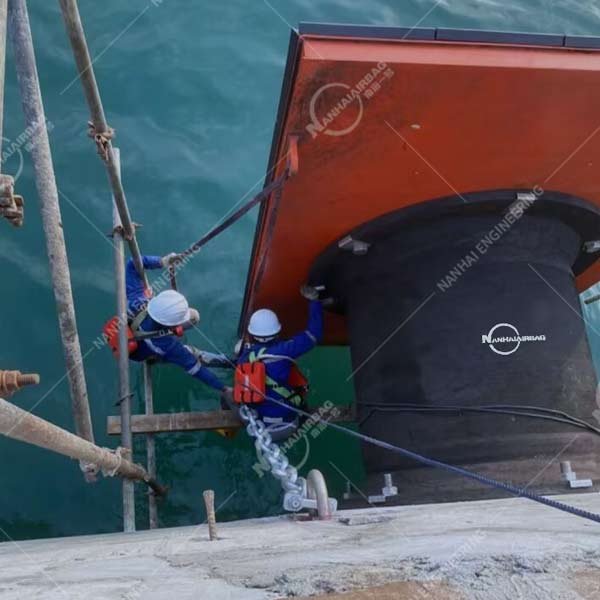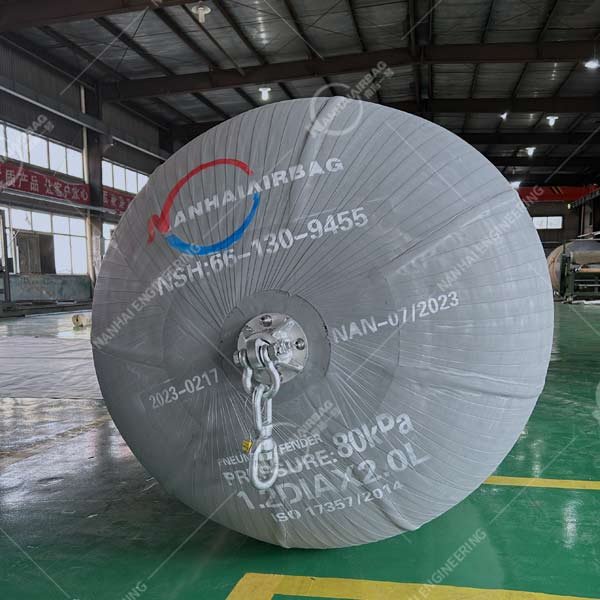How To Use A Ship Launching Airbag
12/06/2023Structure Of Pneumatic Fenders
12/15/2023Pier Fender Classification
Dock fenders can be classified according to their structure and materials. Common classifications include the following:
Rubber fenders: Among all types, rubber fenders are the most common and widely used. They use durable rubber materials, offering excellent elasticity and wear resistance. As a result, they effectively absorb impact between ships and docks, helping to prevent damage during berthing operations. Rubber fenders can be divided into round rubber fenders, D-type rubber fenders, super cell rubber fenders, etc.

Foam fenders: Foam fenders use materials like polyethylene to stay lightweight, buoyant, and impact-absorbing. They float on water and reduce collision force. Common types include cylindrical and square foam fenders.

Marine fenders: Marine fenders are inflatable rubber devices that adjust their shape and hardness through air pressure. Marine prop balls offer lightweight structure, easy installation, and strong impact absorption. They work well in areas that need frequent fender adjustments, such as temporary docks or ship repair yards. With various designs and shapes, marine berthing balls can adapt to different waters and vessel types.

Wooden fenders: Wooden fenders represent a traditional type made from timber. Although they are less common today, they still serve specific purposes—especially in protecting historic docks and harbors. These fenders typically include wooden piles, planks, and other timber structures.
The above classifications are only the common ones. There are other types of fenders, such as polymer fenders, composite fenders, etc., which are designed according to different needs and environments.
